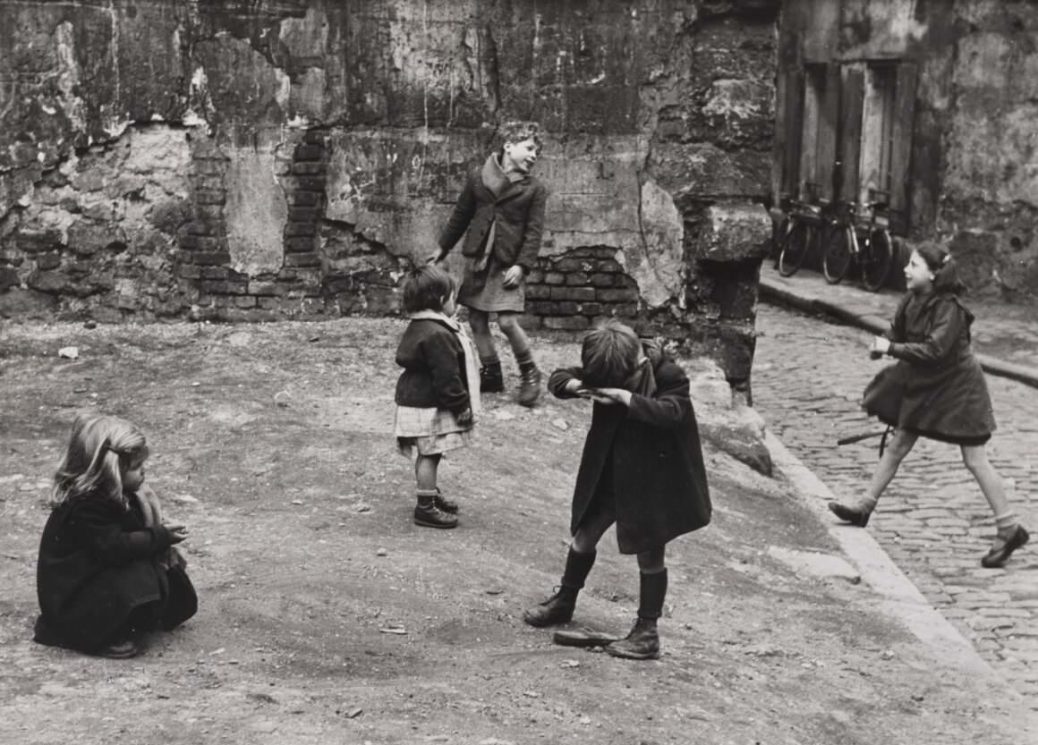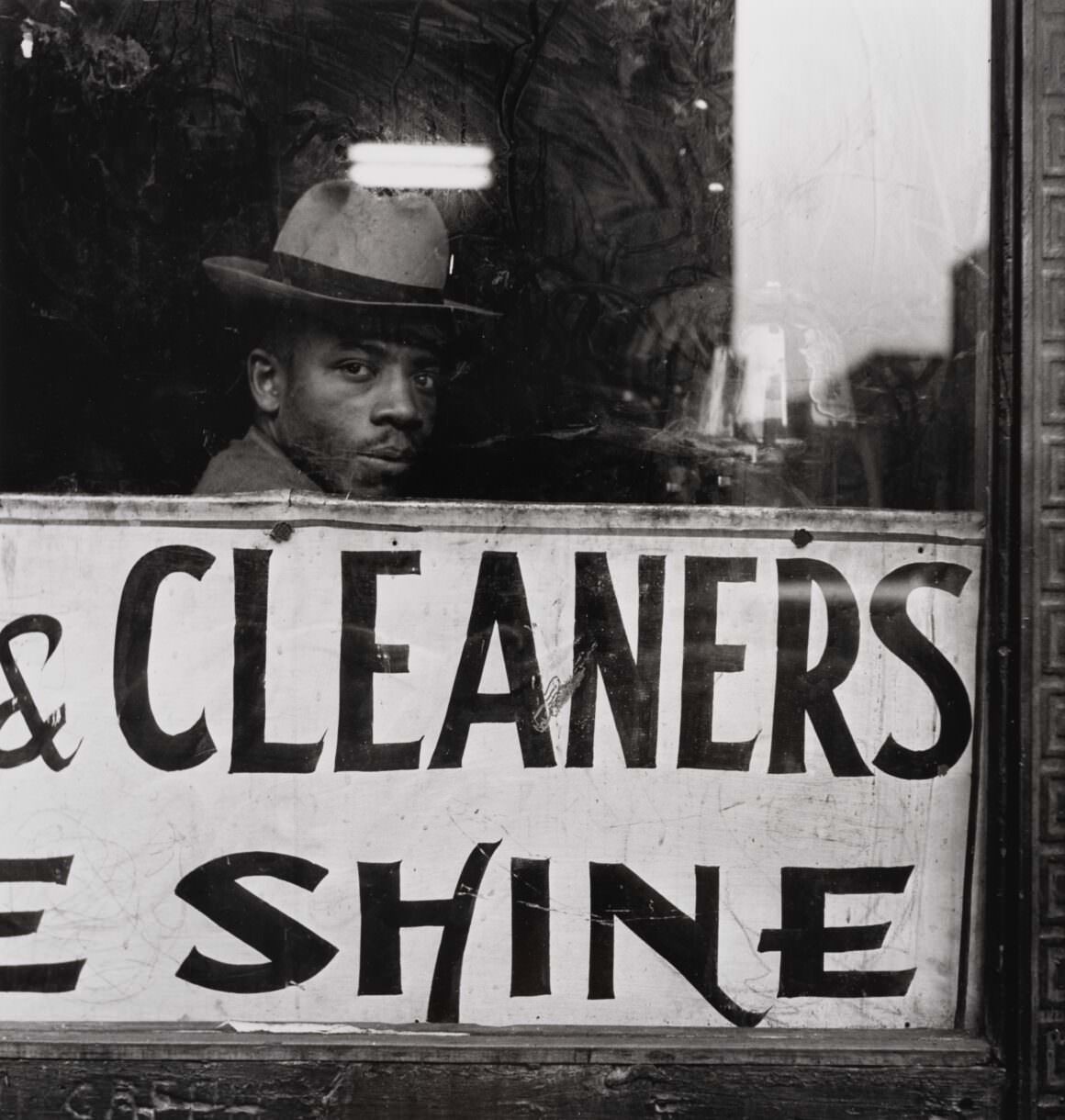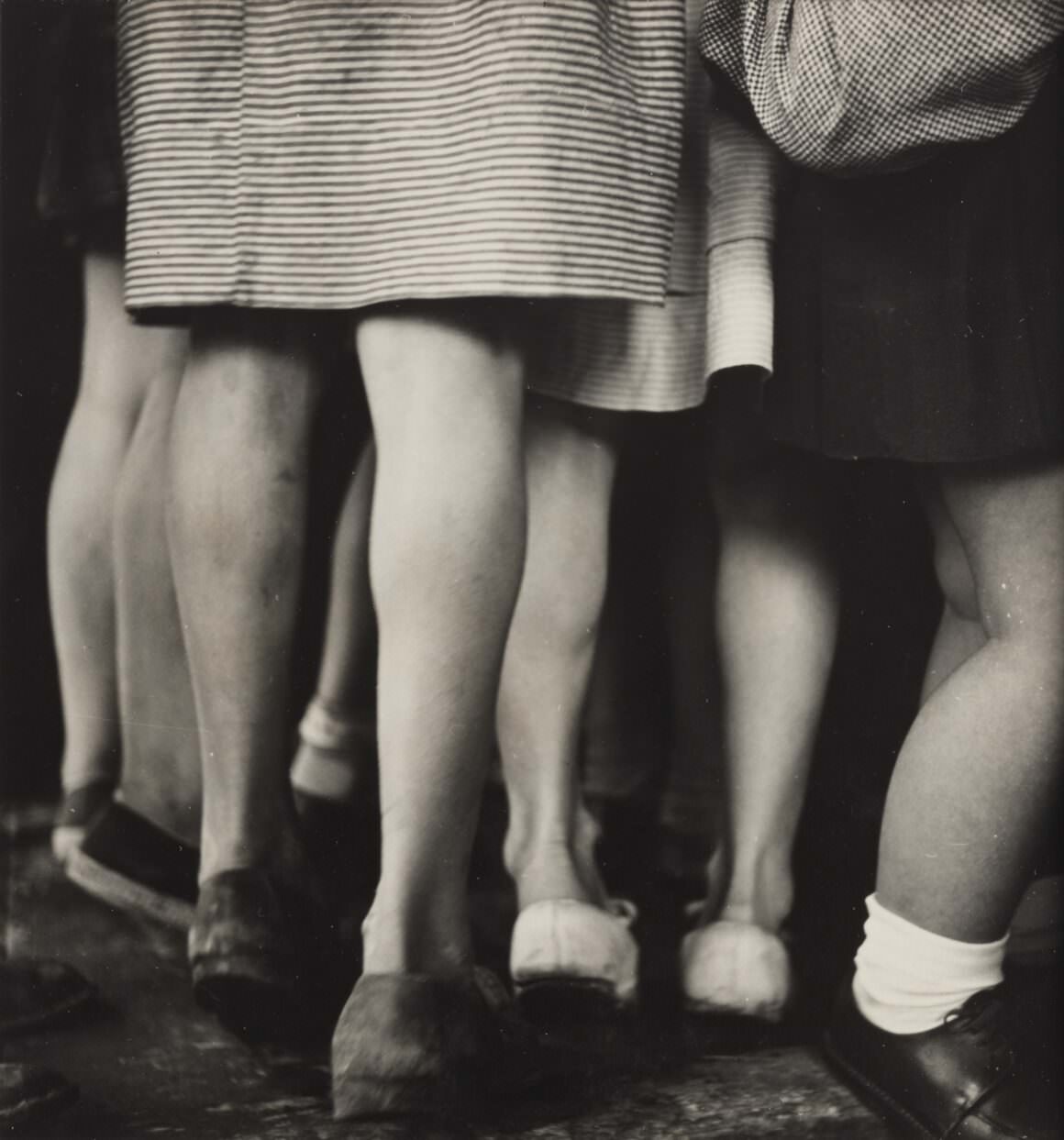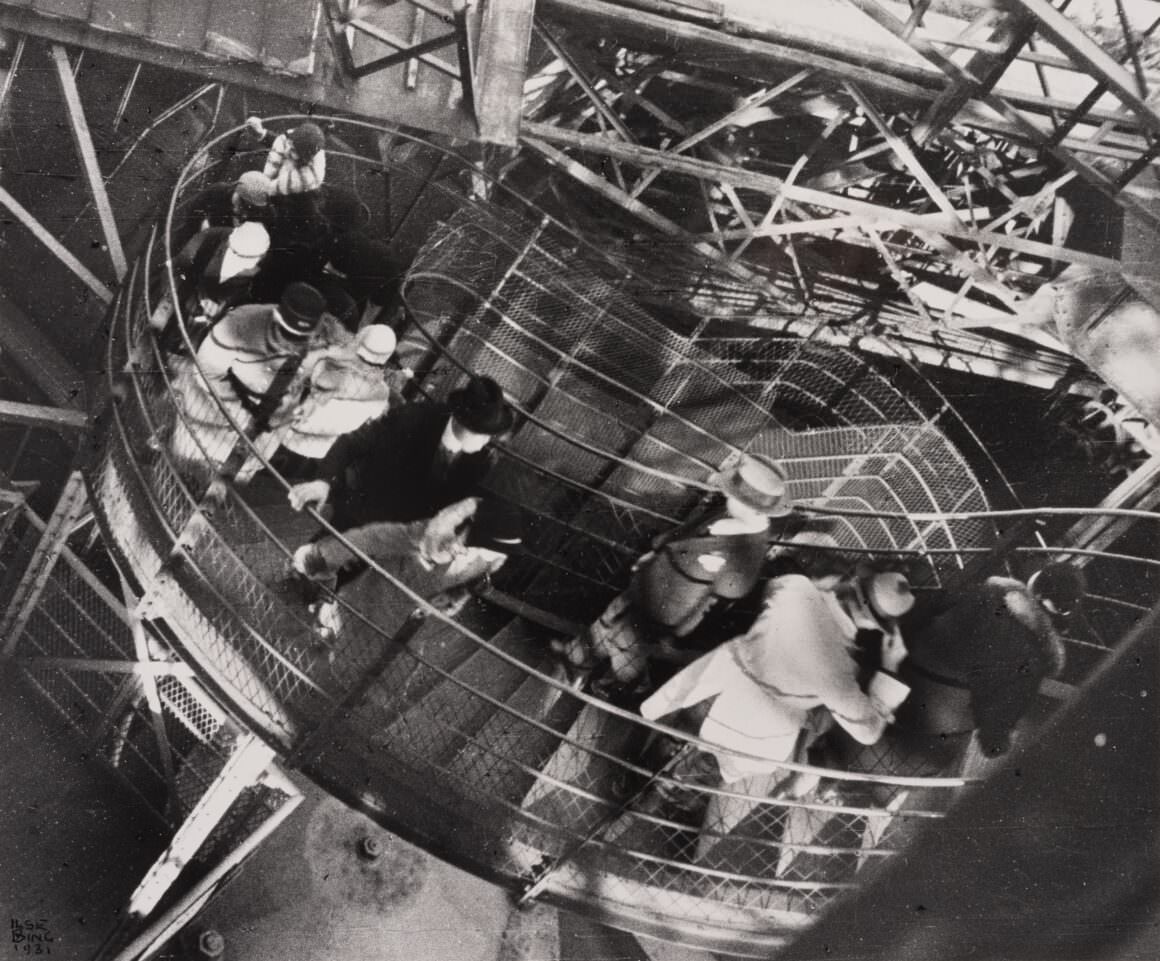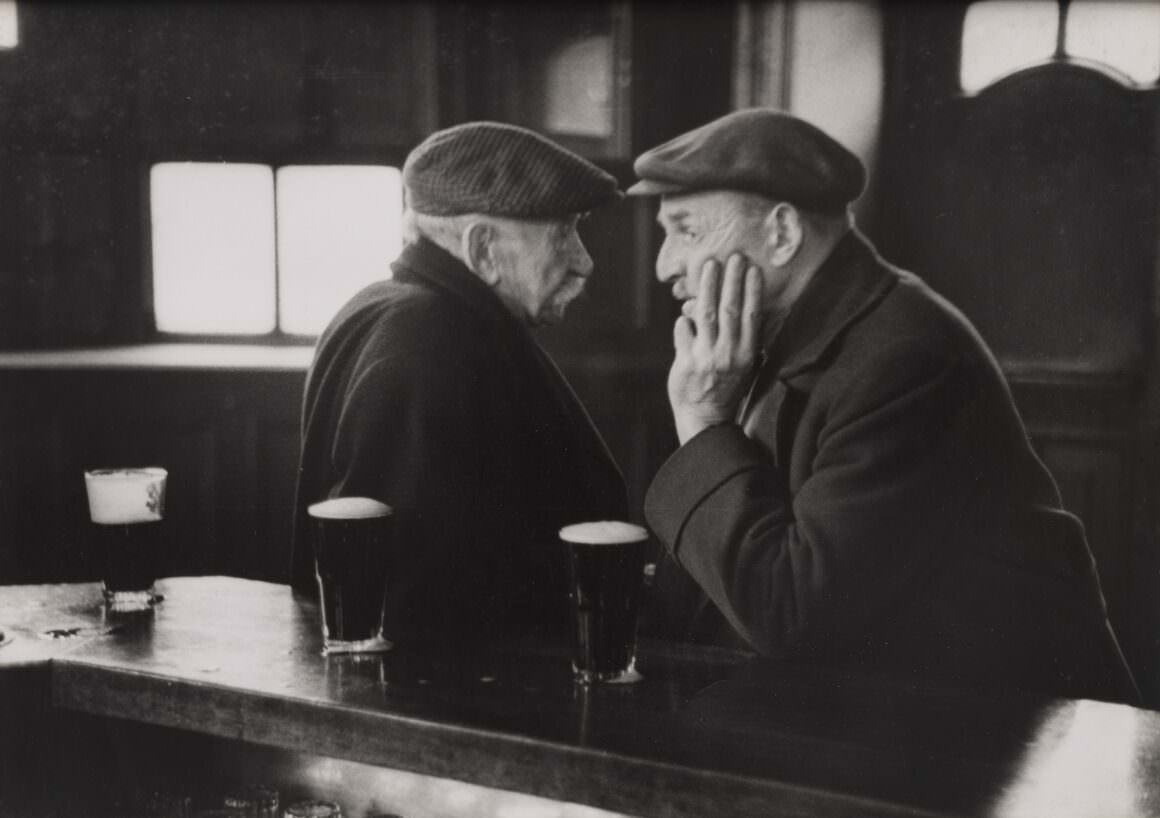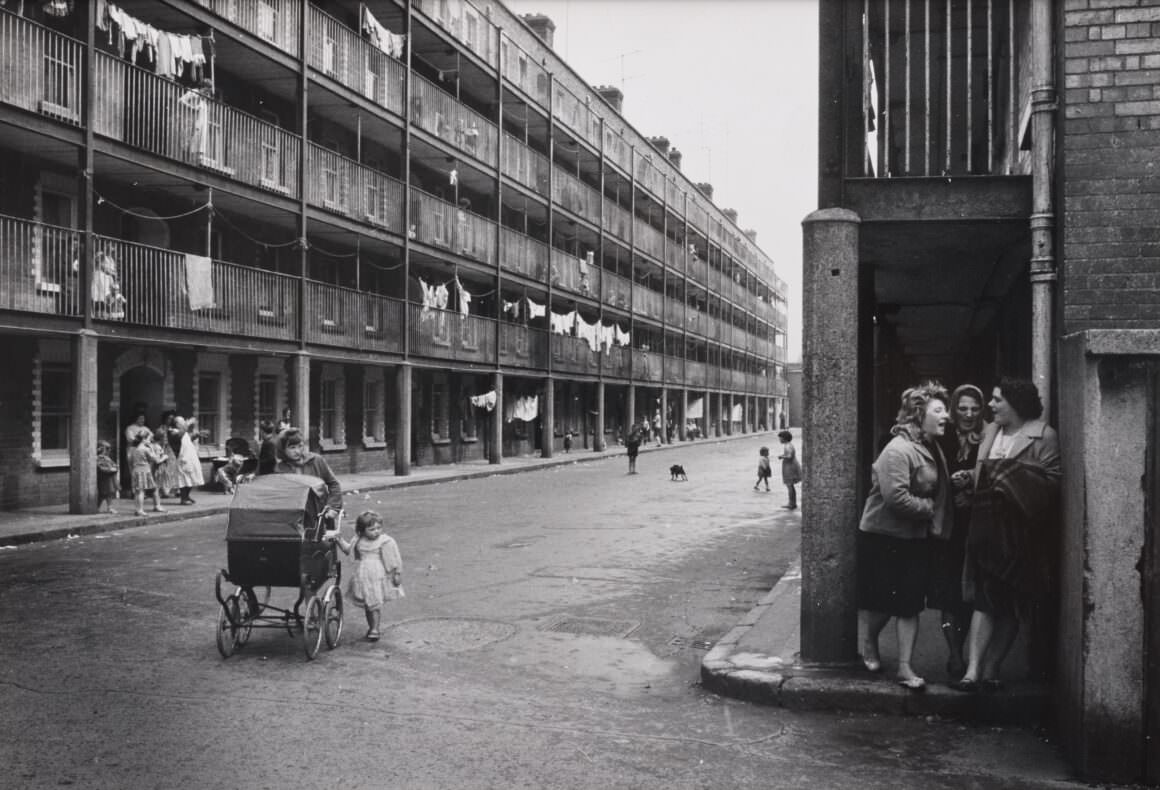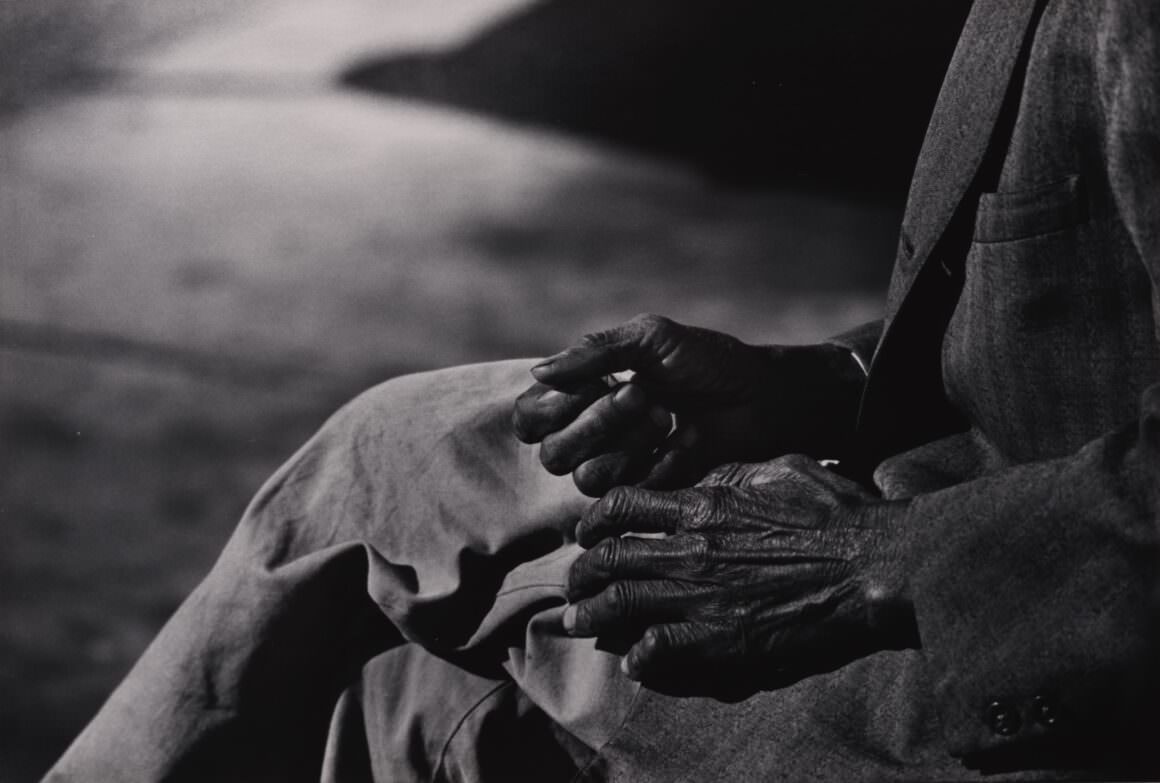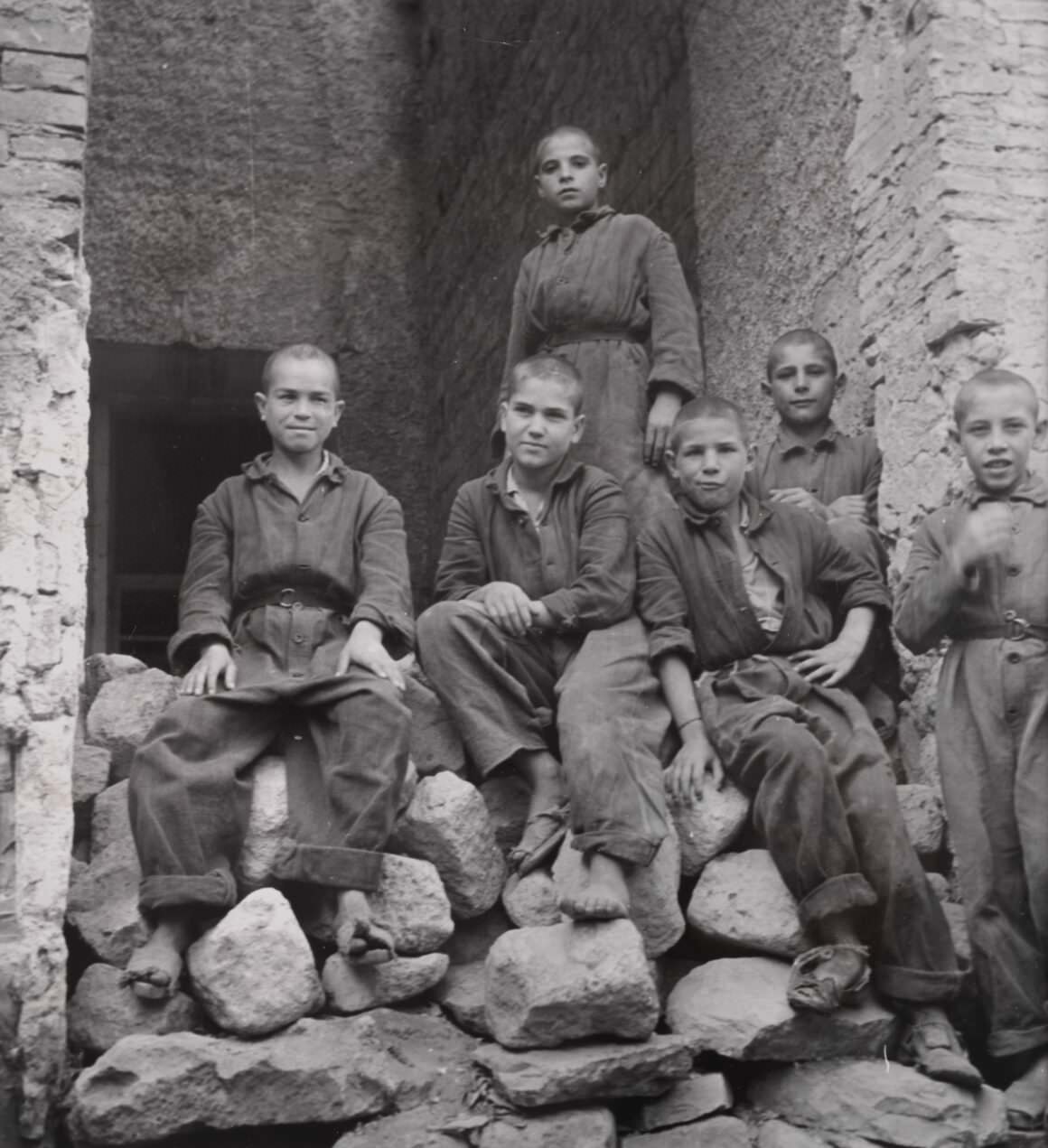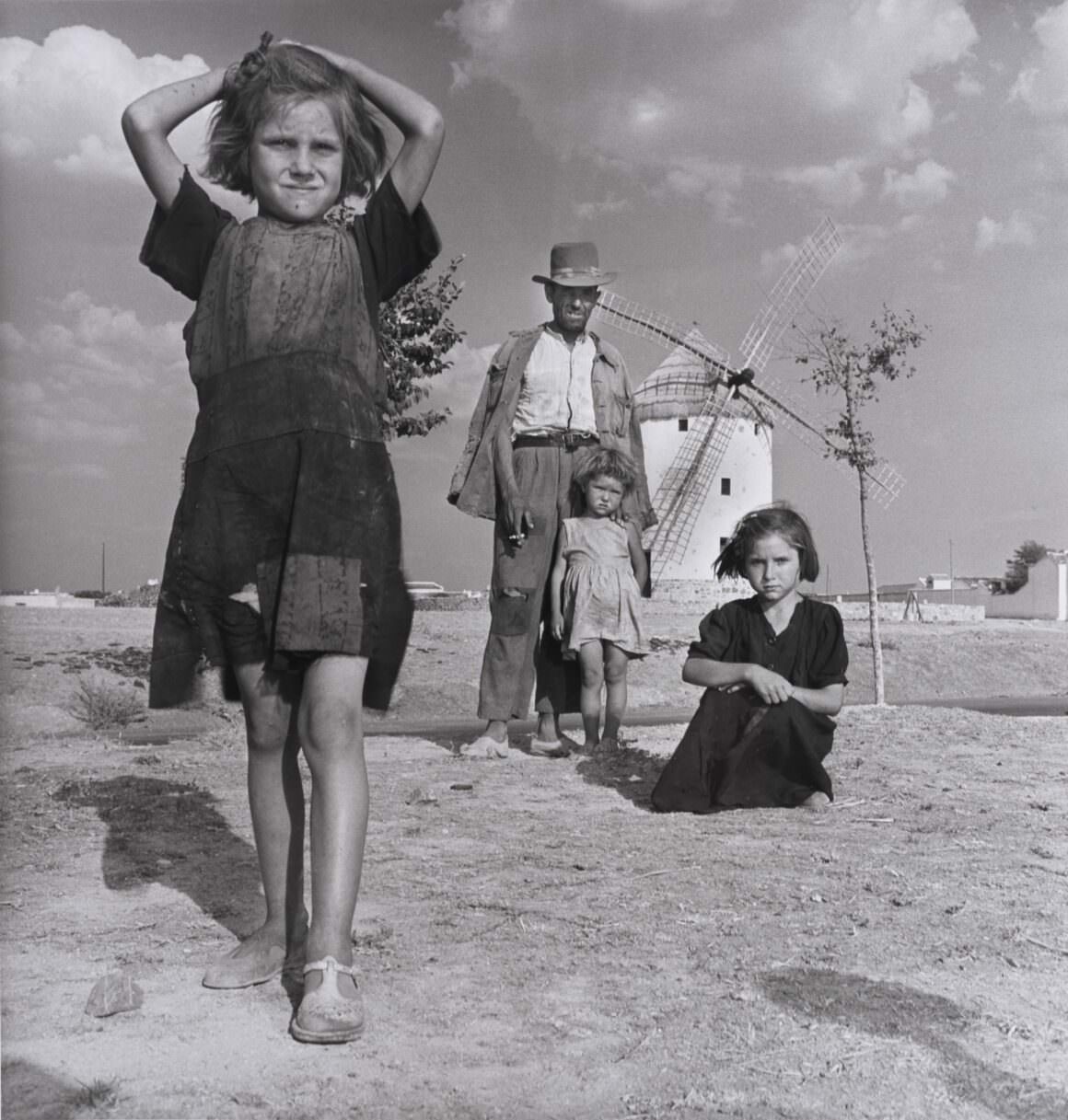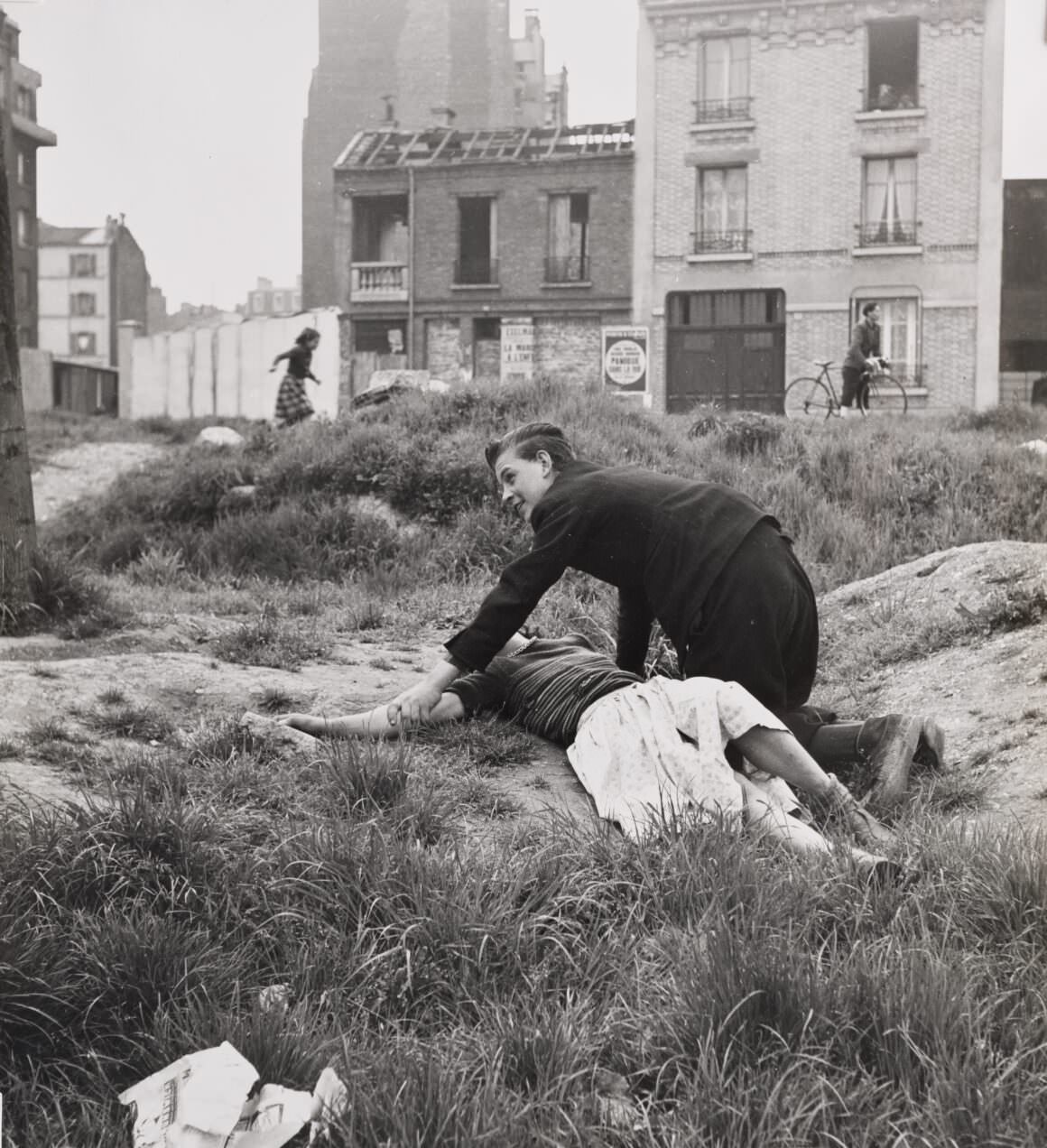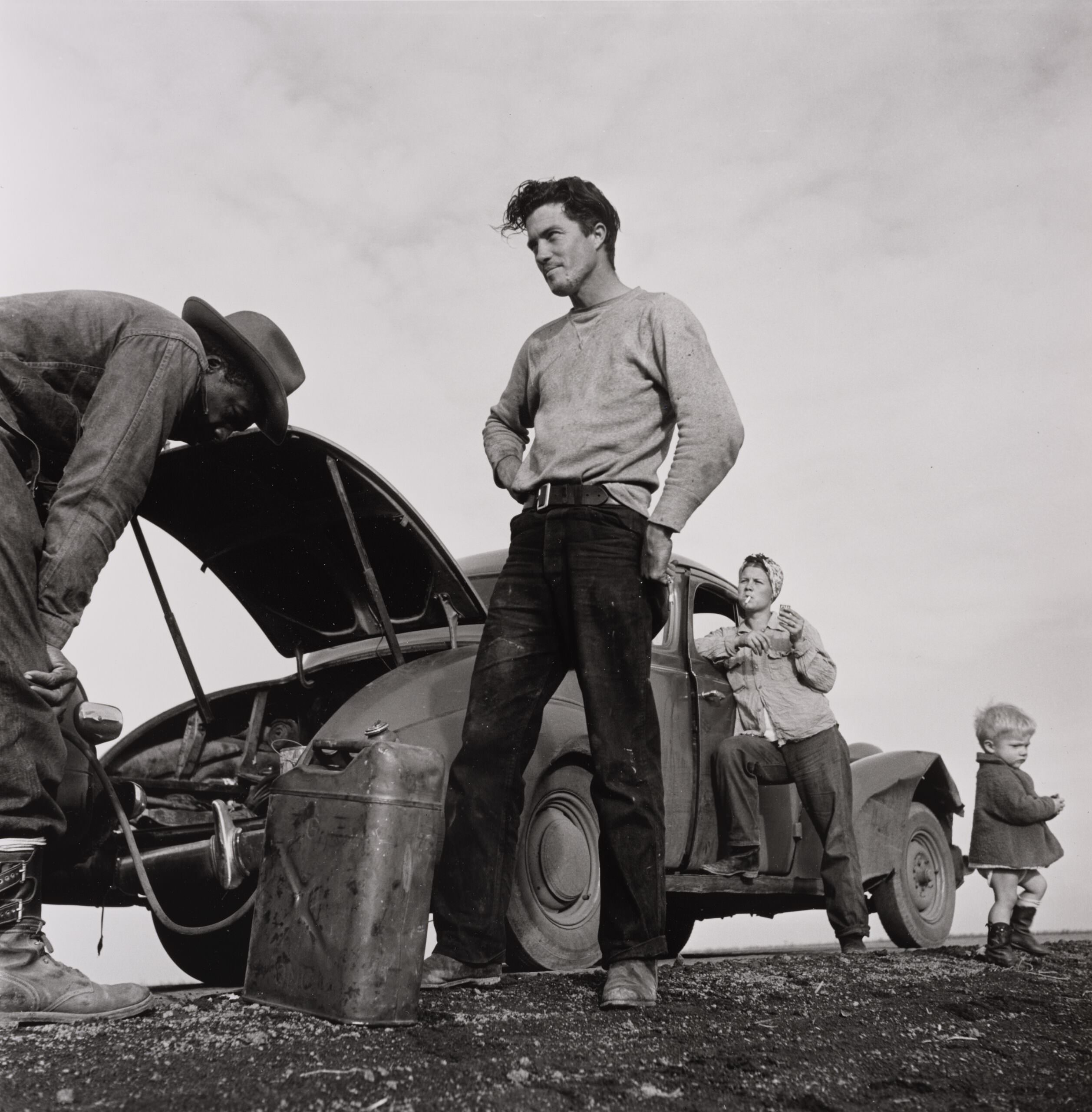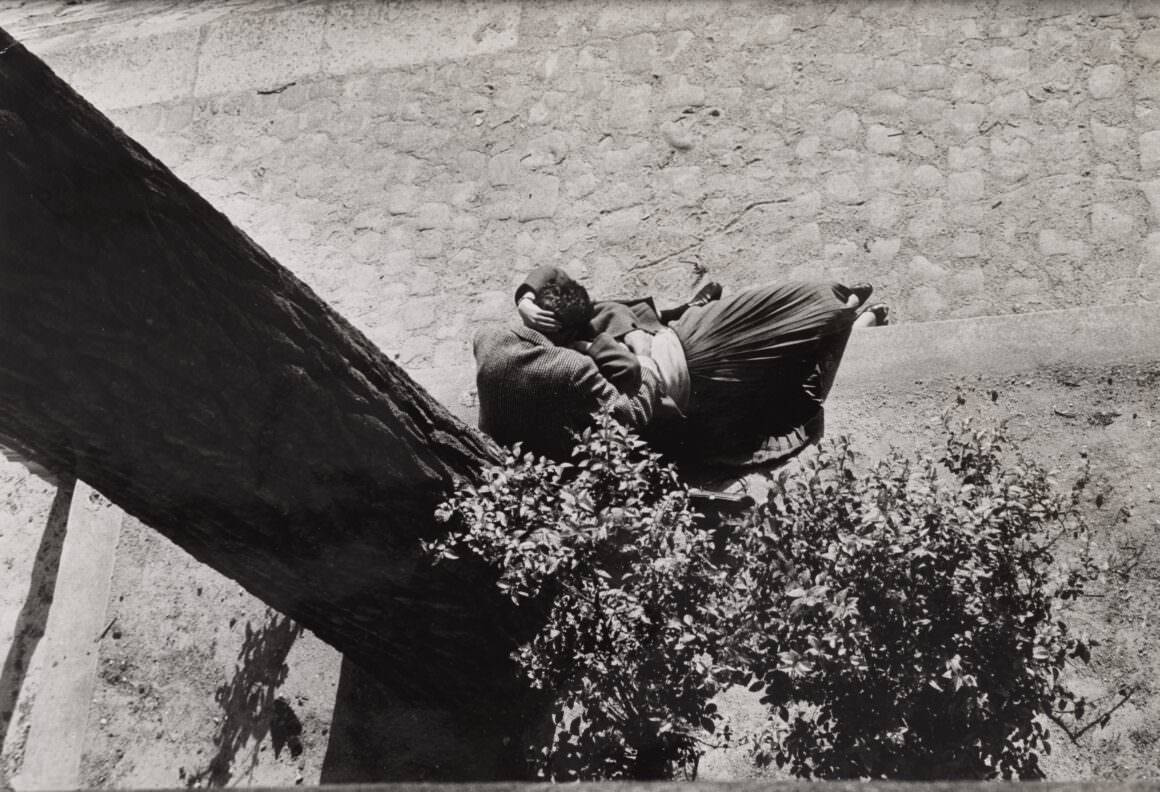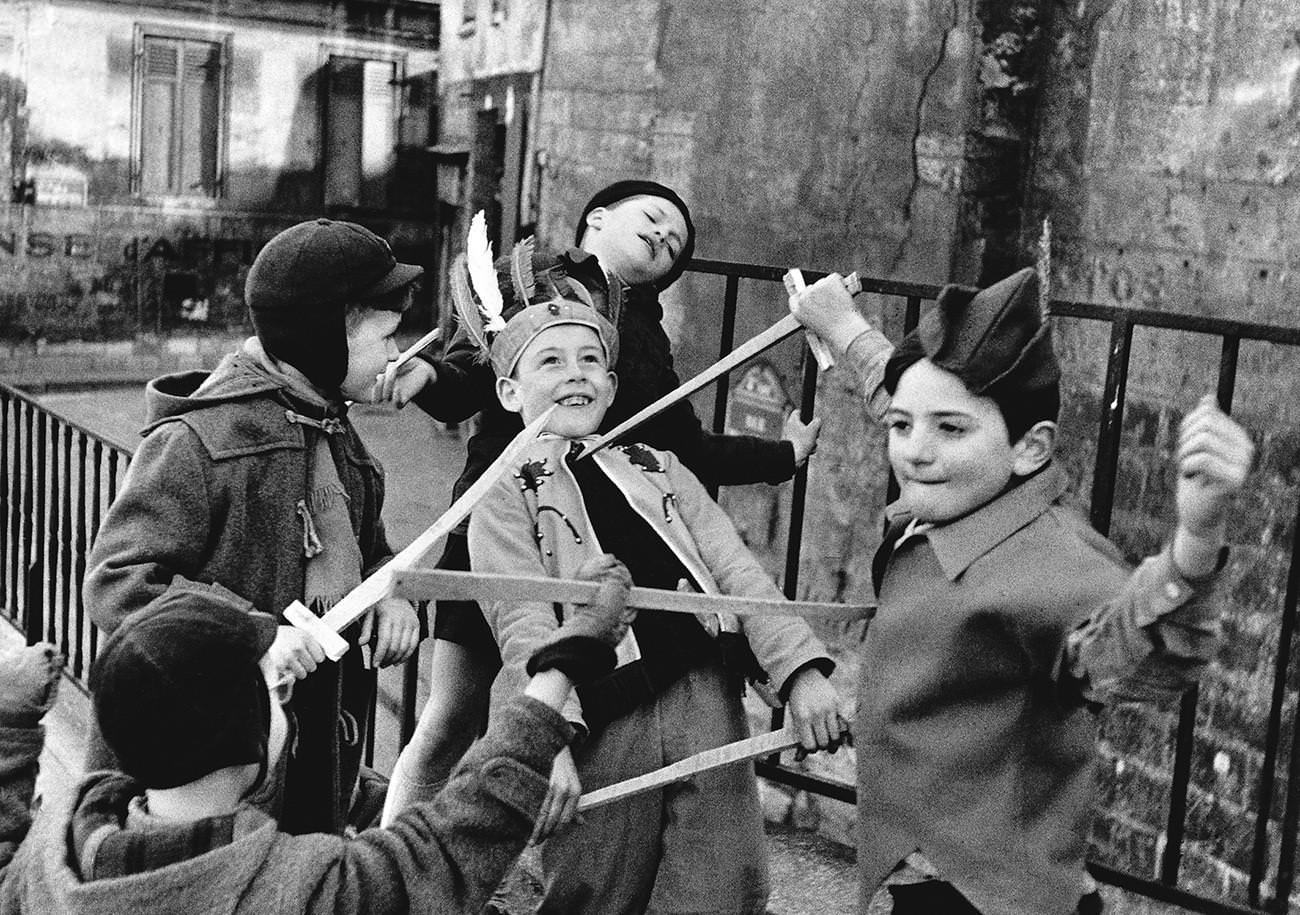The Concerned Photography – The Humanist Photography
The Galerie Rouge presents a juxtaposition between two photographic sensibilities that left a mark on the 20th century and whose works resonate today with the issues of our current world: Humanist Photography and “The Concerned Photography”. Humanist photography emerged in France as early as the 1930s and enriched the visual imagination of the post-war years by being widely disseminated through the magazines of that era. It is focused on the human being and presents them in their everyday surroundings: the streets, cafes, dances, and parks. Children, because they are easily captured in photographs and represent the hope of a new world, are among the favorite subjects of humanist photographers. Among its greatest representatives are Édouard Boubat, Henri Cartier-Bresson, Robert Doisneau, and Sabine Weiss, whose works are featured in this exhibition.
Despite the varied vision they offer through their photographs, they have often been criticized for adhering to a poetic realism that emphasizes the beauty of the world rather than denouncing social reality. “The Concerned Photographer” is a term coined by American photojournalist Cornell Capa to describe photographers who use photography to educate and change the world, not just to record it. It is a deeply engaged and political photography, born out of the Second World War, which sought, by focusing on the human being, their hopes and fears, to delve into contemporary issues, and to strive to denounce them in order to prevent the recurrence of tragedies. In 1967, Cornell Capa organized a eponymous exhibition in New York, “The Concerned Photographer”, and published two books in homage to these committed photographers, among whom were his brother, photojournalist Robert Capa, who died in Indochina in 1954, and his friend David Seymour, killed in Egypt during the Suez Canal crisis in 1956. The “The Concerned Photographer” exhibition led to the creation of the International Center for Photography in New York in 1974, which aims to defend and promote this engaged photography. Rather than opposing these two sensibilities, this exhibition aims to make them dialogue and show that a poetic vision of the world does not necessarily oppose an engaged vision.
These photographers, American, French, British, German, Polish, also frequented the same press agencies and photographers – Magnum agency, Rapho agency -, and their works were often presented in the same exhibitions, the most famous of which was “The Family of Man” by Edward Steichen at the MoMA in New York in 1955.
As photojournalists, they all traveled the world in search of social justice and a more humane world. The themes addressed in their images intersect: love, friendship, poverty, war, human suffering, and solitude. Guided by a deep empathy for the subjects photographed, they seek through their images to reconcile themselves with the world and their own traumas.
The Galerie Rouge invites the visitor to delve into the history of these two movements and discover the remarkable works of photographers who have left their mark on 20th-century photography. The prints presented, mostly vintage, are collector’s items.
“The concerned photographer finds the present unacceptable and tries to change it. Our goal is simply to let the world know why it is unacceptable.” – Cornell Capa
The Concerned Photographer – The Humanist Photography
March 21 – May 11, 2024
La Galerie Rouge – Paris – France
More info:

